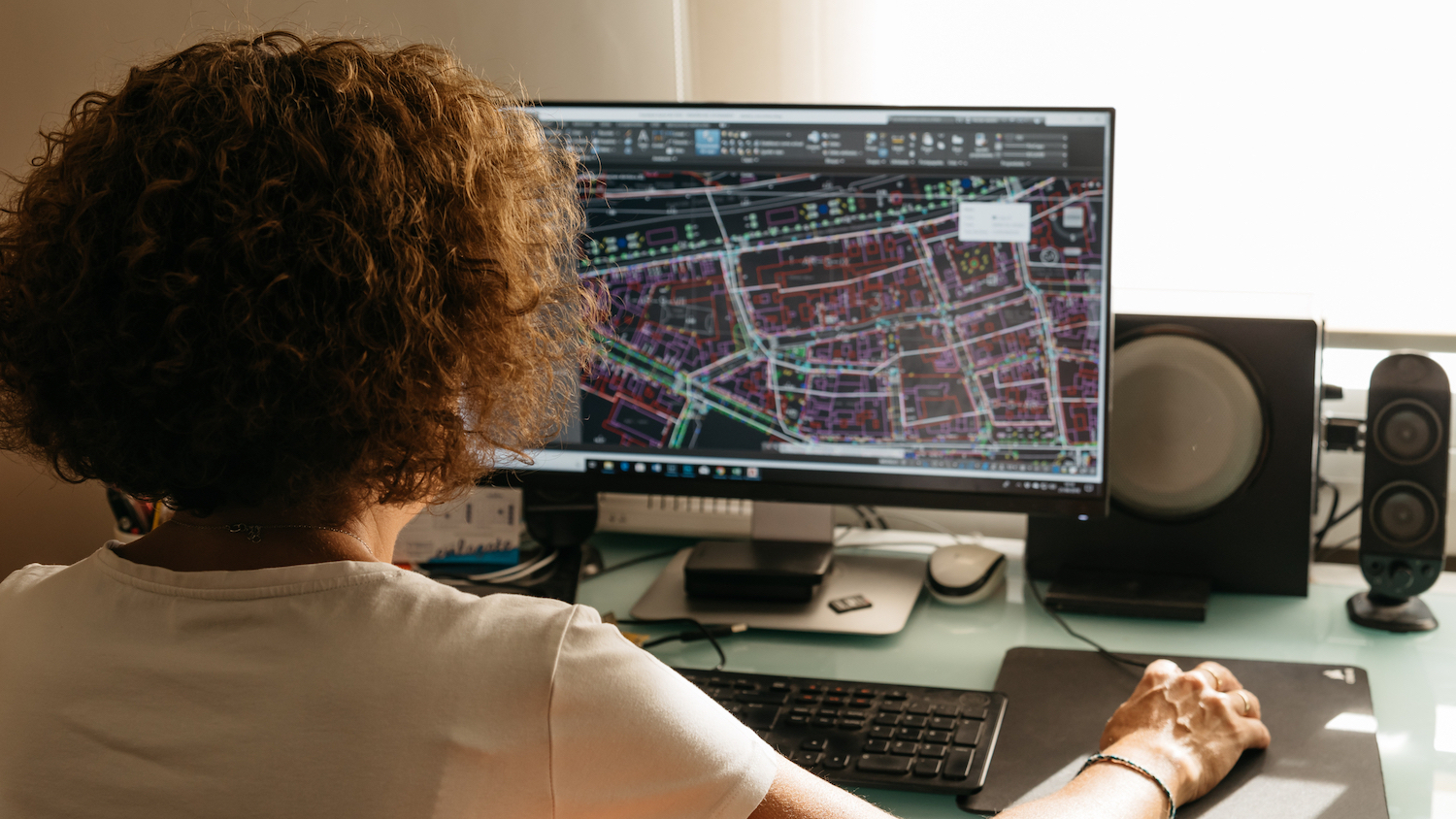
Jumping into the CAD industry many years ago as a CAD operator, I now find myself as a BIM technician leading complex projects. The disparity between roles is evident, and the industry greatly underestimates what’s necessary to effectively coordinate a BIM project.
The brilliance of a CAD operator is their ability to convert barely legible markups into drawings that effectively depict a design. Basic MEP knowledge helps fill in the blanks, although the main skillset is the understanding of relevant software and drawing standards… and the translation of rushed handwriting.
The introduction of 3D modelling and BIM presented a step forward for the CAD operator: the Revit technician. A general industry understanding of this position is the inclusion of a third axis and knowledge of sophisticated software (not to discount the complexities of AutoCAD). This is sufficient for Stage 3 output. However, at Stage 4, an operator needs an understanding of engineering principles and building practices.
In line with this change in the industry, the construction process has shifted: installation teams are far more reliant on drawings and models for accurate setting out. Due to this, at Stage 5, it is vital the model is led by a hybrid role: the BIM technician or BIM coordinator*. This role necessitates fluency in Revit with a greater knowledge of engineering principles, installation methods and the overall construction process, as technically speaking, how it’s modelled is how it will be installed.
Jumping from Stage 4 to 5
The jump from Stage 4 to Stage 5 production is where the bulk of the disparity sits. BSRIA’s definition of a Stage 4 model indicates it functions to develop a cohesive design, outlining requirements and information suitably enough to determine cost. There is plenty of information still to be finalised and models at this point are often suggestive (although installation should be feasible “without major rerouting”).
At Stage 5, as elements are finalised and procured, the model is enhanced to incorporate this. With cost in mind, service routes and locations are reviewed to ensure installation is feasible, access is available for maintenance and commissioning, and standards are adhered to. So, as a Revit technician, modelling at Stage 4 maps out coordinated routes and locations – many elements need little consideration (given its purpose) and a protective assumption exists that a contractor will take over and finalise these details.
At Stage 5, it’s also essential to enhance LOD. I wouldn’t expect a Stage 4 model to include every valve set on a pipework system, or peripheral to an electrical panel. However, to ensure installation adheres to real-world constraints, they’re necessary, and modelling such detail requires knowledge of these components and installation methods.
Overlooked standards
Standards are often overlooked at Stage 4 too. In particular, drainage conforming to principles set out in BS EN 12056-2.2000 (such as large radius bends at the base of stacks and adequate distance between branches for positive pressure to dissipate), which need recognising and addressing.
Although the overall design team will assist throughout, interrogation of the model will be led by the technician. It would be impractical for engineers and service specialists to review all information, or drip-feed information into the model independently, hence why the role requires the hybrid skill set mentioned, to act as a collaborative mediator with an overview of all information, making important design decisions.
From our perspective, as outsourcing partners, this advanced role is essential for both us and our clients. We’re able to turn around projects with minimal input, engineers can concentrate on engineering and we’re not reproducing drawings incorporating comments continuously.
What next?
I hope this article draws attention to the importance and relevance of Revit/BIM technicians in today’s industry, as previously the CAD operator’s input into a project has been minimal and the role has sat in the shadow of the engineers. And due to the fact BIM technicians have generally advanced from CAD roles, there are many in the industry who view the roles in a similar light.
It’s also worth mentioning that the above relates only to the visual output at construction. Data requirements for BIM are becoming increasingly complex (to facilitate the drive for digital facility management) and the onus is on the BIM technician to feed the model with this information.
My advice to anyone working with CAD or Revit who wants to progress in their role is to be proactive about learning and look deeper into the MEP information you’re drawing/modelling. Understand what the system or equipment is doing and the principles behind service sizing – this can assist you when resolving coordination issues independently.
Something else that’s important, which tends to be a knowledge gap with both engineers and CAD/Revit technicians, is installation practices. From pipe jointing methods to fire-protecting builders’ work openings, research and understand the processes involved as this knowledge is key to producing accurate, effective BIM.
Tip: manufacturers often produce technical documentation for their products detailing system requirements and installation procedures. This information must be adhered to on site, so should be understood by a leading BIM technician.
*I have pooled these titles together as the roles and responsibilities of BIM technicians/coordinators are ambiguous and not the focus of this article.
Michael Lehane is BIM technician at Digital Engineering Studio.
Don’t miss out on BIM and digital construction news: sign up to receive the BIMplus newsletter.













